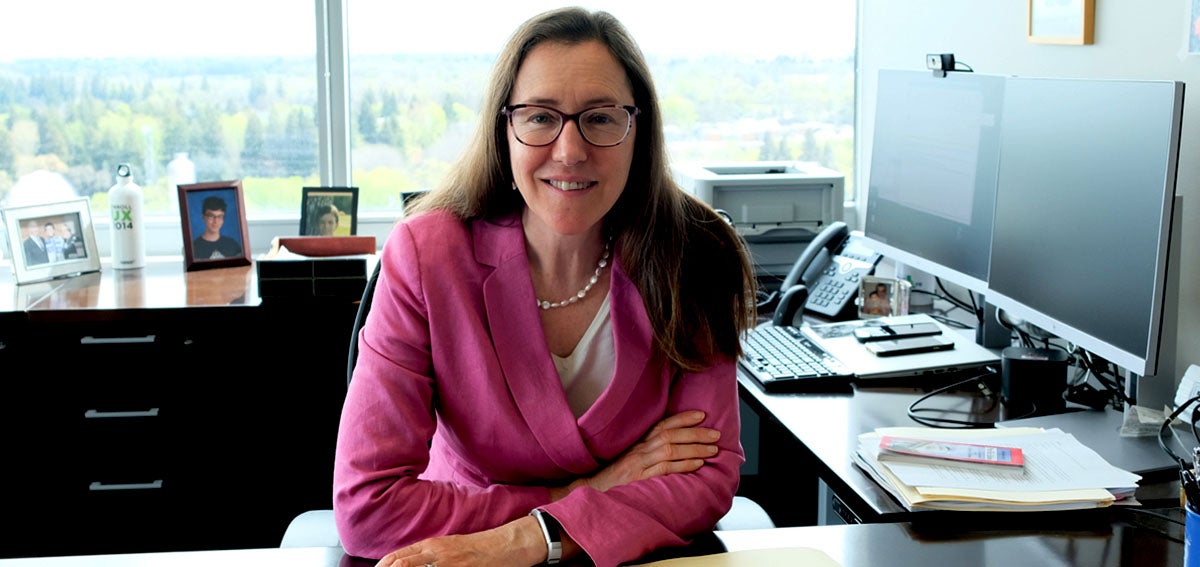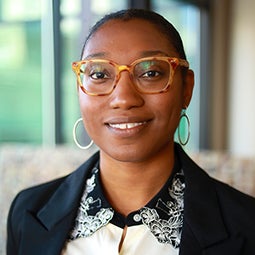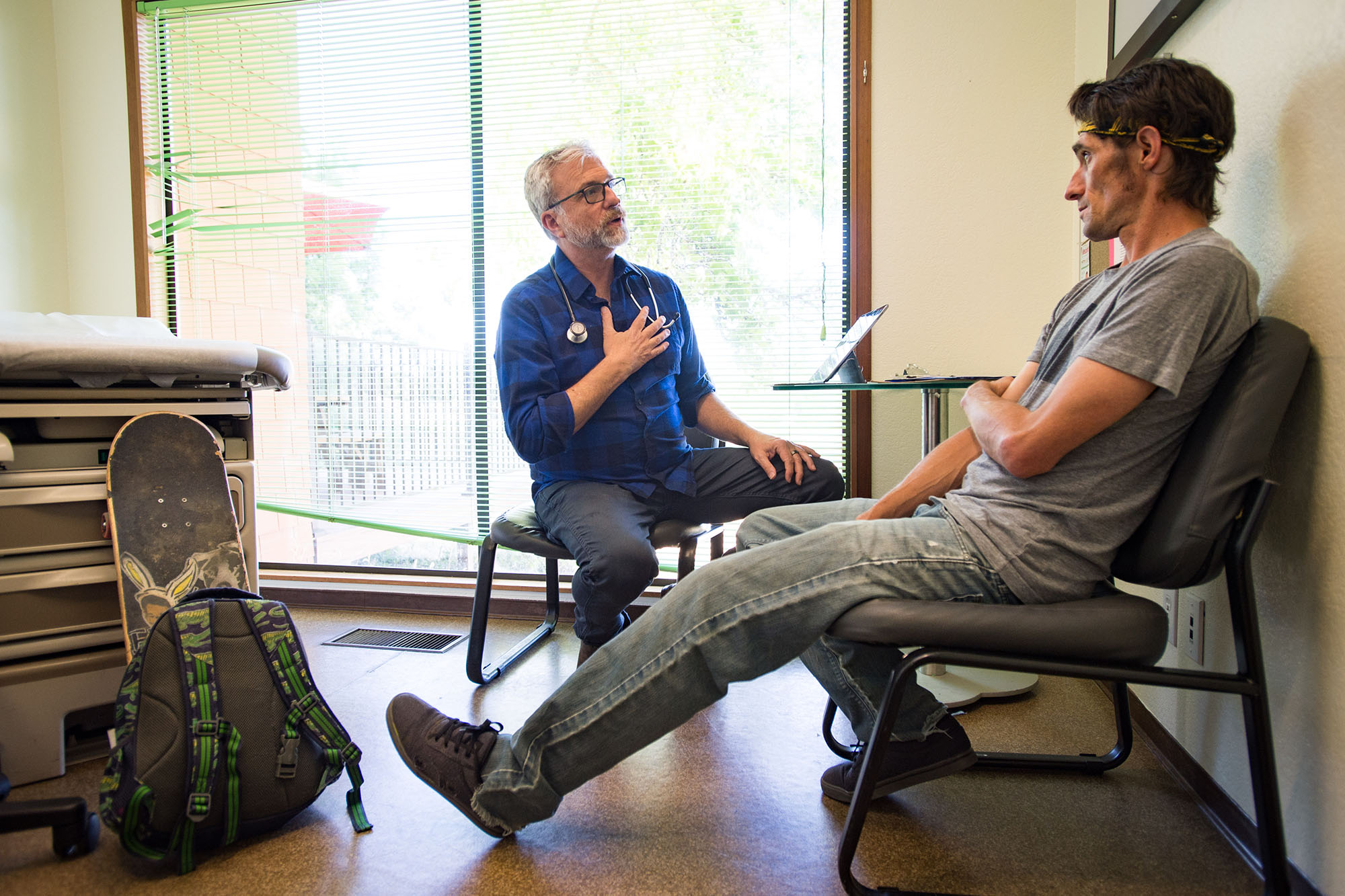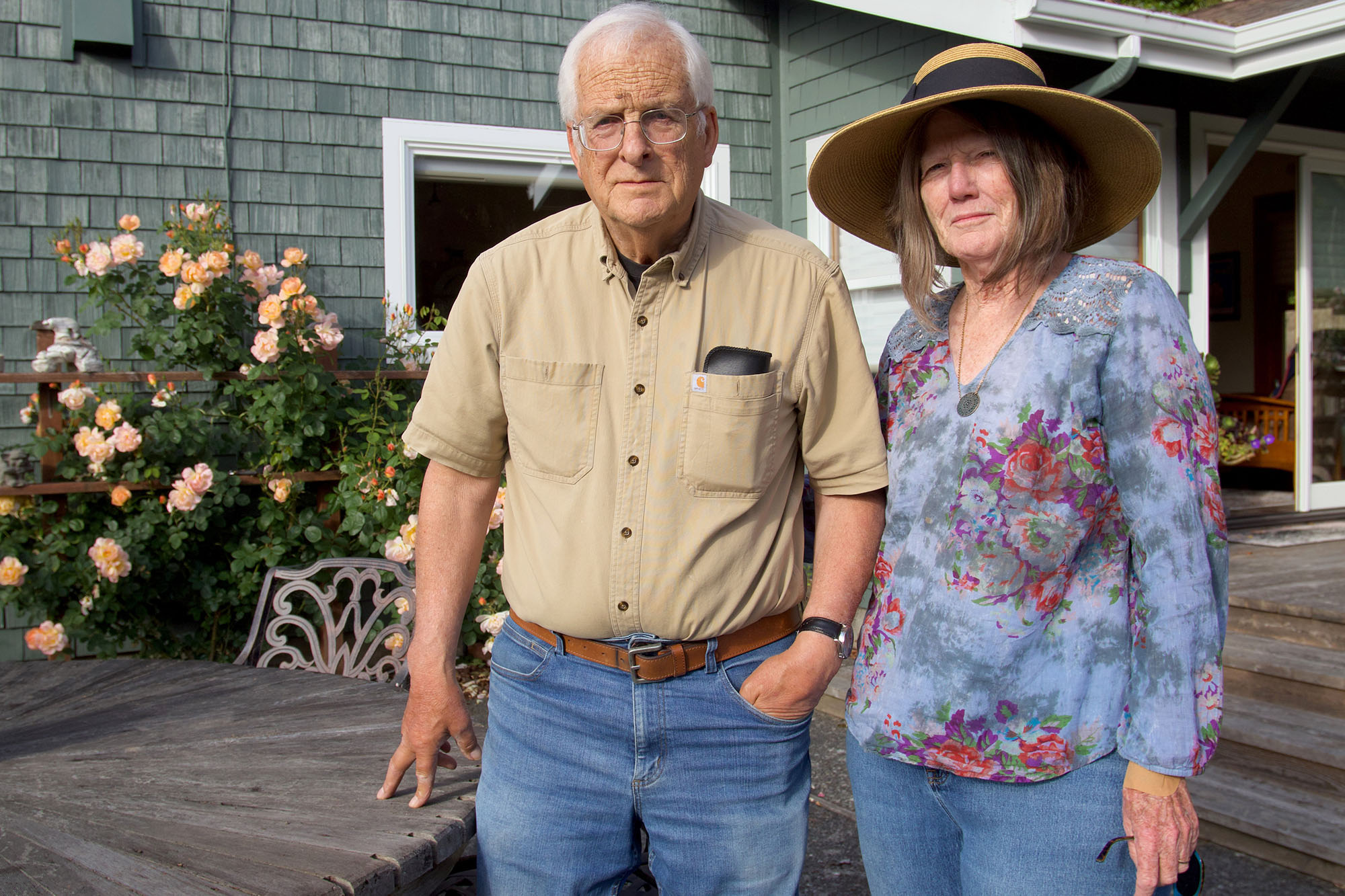
For more than 40 years, the California Office of Statewide Health Planning and Development (OSHPD) played a central role in ensuring Californians have access to safe, quality health care. The office’s vital, often below-the-radar work, from monitoring hospitals and nursing homes to serving as a respected independent clearinghouse for health workforce data, helped California maintain the safety of patients and health workers while shaping decades of health policy.
Last summer, as health care issues grew increasingly urgent amid the COVID-19 pandemic, the agency got a promotion. OSHPD was elevated from a state “office” to a “department” and rebranded as the Department of Health Care Access and Information (HCAI). This was a significant increase in stature in an era when health policy has taken on ever-increasing economic, social, political, and legal significance in the nation’s most populous state. HCAI’s new name — with its emphasis on “access and information” — is no accident. HCAI (generally referred to as “aitch-kye”) expanded its portfolio and its mission. The department has a renewed focus on expanding equitable access to health care for all Californians and on ensuring every community has the health workforce it needs, safe and reliable health care facilities, and health information that can help make care more effective and more affordable.
The core programs managed by OSHPD remain at the heart of HCAI’s portfolio — a broad array that includes monitoring hospital construction, ensuring that hospitals are seismically safe, and supporting health workforce training programs. The department also has a larger role in guiding a new strategic approach to expanding the health workforce to meet every community’s needs. New key programs include HCAI’s California Health Workforce Education and Training Council and California Health Workforce Research Data Center (an expansion of the previous Health Care Workforce Clearinghouse) to guide the state in supporting training for future health care workers. HCAI also now has responsibility for the California State Office of Rural Health and a visa waiver program for health care workers from the California Department of Health Care Services (DHCS).
HCAI Director Elizabeth Landsberg says HCAI is “carrying forward a history of service and reliability as it remains focused on providing state residents with access to the health workforce California needs, access to safe facilities, and access to data that policymakers can use to make decisions.”
In December 2020, Landsberg was appointed by Governor Gavin Newsom to lead HCAI after serving for four years as deputy director of the California Department of Managed Health Care (DMHC). Before that she was a consumer health care advocate for the Western Center on Law and Poverty. Recently, CHCF Health Equity Fellow Sequoia Hall and I met with Landsberg via videoconference to discuss the future of HCAI. Our conversation has been edited for length and clarity.
Q: What inspired you to take this job?
A: My values are aligned with the Newsom administration’s vision of a “California for all,” so that’s really important to me. Leading HCAI is an opportunity to contribute to that vision with our dedicated and talented department staff. I was a health care advocate for low-income Californians for 16 years when I regularly told DHCS, Covered California, and other entities what I thought they should do to help health care consumers.
After advocating for consumers with state agencies from the outside, I decided in 2016 that it was time to come in-house and see if I could have a meaningful impact working inside state government. I have absolutely found that I’m able to have an impact. Let me just say that HCAI has a phenomenal staff who embody our core values like innovation and customer service. It’s amazing the number of people here who have worked for us for decades. We take a customer service approach in everything. I’m so proud of the work we do and how we do it, and I’m proud of the kind of workplace we have.
Q: What about your organization’s mission changed as OSHPD became HCAI?
A: We have been taking on a lot more over the years, advancing many of the administration’s goals around increasing access to health care for all Californians. When we looked at our portfolio, we saw an opportunity to recast and modernize the work we do and bring it into closer alignment with the many other state departments active on these issues.
The message we heard was that instead of just running individual programs, state leaders — inspired by the work of groups like the California Future Health Workforce Commission — loved the idea of seeing OSHPD take a broader statewide strategic approach. Instead of just handing out grants for medical residency programs, there was a recommendation for a statewide council that looked at medical training. Instead of deciding about individual grants, it’s looking holistically at what California needs to be doing to train the workforce that California needs.
It’s hard to set goals about the health care workforce when you don’t even have basic demographic information about who the workforce is — what race or ethnicity, what language, what gender, and their retirement plans. How many hours are they spending on clinical work versus other types of work? So, our new Research Data Center will collect that data.
Q: How has HCAI been reorganized to take on these goals?
A: HCAI is responsible for being the state’s new strategic planning and research center for health workforce development, assessing where there are shortages of primary care and behavioral health professionals. And we are overseeing programs that grow a diverse workforce that looks like California and meets every community’s care needs.
We continue to function as the state’s building department for hospitals and skilled nursing facilities, ensuring seismic safety and providing health facilities with financing assistance for construction and capital improvements.
And as the state’s focus on health care affordability grows, HCAI will also continue to be one of the state’s major hubs of health care information, collecting and hosting trusted, publicly available data on care costs, workforce capacity, health care facilities, and patient characteristics. At the same time, we are building critical data infrastructure that will support the research and analysis of the future.
Q: Is there anything from the OSHPD days that you are phasing out, something that might no longer be needed?
A: We no longer have our Health Professions Education Foundation. It is an awkward structure to have a nonprofit entity within state government. We maintain the same loan repayment and scholarship programs for various workforce programs, but the foundation structure itself has gone away. Also, our Song-Brown Commission, again, was making application decisions, and that’s been replaced with this new California Health Workforce Education and Training Council.
The council was one of the top priority recommendations of the California Future Health Workforce Commission, which saw the need for a new entity that could provide strategic direction to help the state close stubborn gaps in the health workforce. Instead of deciding about individual grants, the new council will examine the training priorities for the health care workforce that California needs, providing technical assistance to programs and working to maximize federal dollars. So we’re excited to have that council launched.
The goal here is to ensure our health workforce is meeting the needs of the state in terms of workforce diversity as well as access and quality for populations and communities in need. The 17 members of the council were named over the winter and had their first meeting in March. This work is moving quickly and will be essential to guiding state strategies and funding to expand the workforce in primary care, behavioral health, oral health, and allied health.
Q: HCAI interacts with other agencies like DHCS and the DMHC. With HCAI’s expanded role, has that changed with other state health care agencies as well?
A: It’s critical that we avoid any duplication of effort. For example, the DMHC right now is developing quality and equity measures for health plans. DHCS already has quality and equity metrics for Medi-Cal providers. HCAI is building out California’s all-payer claims database, and we’ve had great collaboration with DHCS and Covered California in that regard.
We plan to use data to better understand racial disparities, to understand who’s getting what type of services. The Office of Health Care Affordability will set cost targets, and as entities are meeting those cost targets, we do need to monitor that they don’t come at the expense of quality and equity.
Q: What actions will HCAI take to help build a diverse health workforce that reflects the state’s population and addresses shortages in key disciplines and in many geographic areas?
A: Our programs are focused specifically on building the primary care, behavioral health, and oral health workforces. Our goals are to serve medically underserved areas and increase the extent to which the health workforce reflects California’s racial and linguistic diversity.
HCAI’s workforce approach goes from career exploration through residency and clinical hours. We are trying to expand our career exploration and pipeline programs to help bring more folks into a workforce that reflects California’s diversity. We provide loan repayment and scholarship programs, and we’re looking at which of our tools are most effective at meeting our goals and whether we should use other tools such as stipends, “earn and learn” programs, bilingual skills bonuses, and the like. We help support medical residency and training programs as well. We also are exploring whether we should be asking educators about how their curricula include training to mitigate bias and what are they doing to be explicitly anti-racist.
Q: By 2030, the Latino/x population is projected to account for about 40% of California residents. How is HCAI increasing the development of health professionals from within that community?
A: We haven’t necessarily said, “Here is a strategy specifically for the Latinx population versus others.” We know that there is a racial wealth gap. Loan repayments only work if you can take out the loans to begin with. For professions with fewer education requirements, such as home health aides or certified nursing assistance, what opportunities are we providing to increase wages and create career ladders? We’re realizing that we need to do more on the scholarship and paid apprenticeship side. We need many more bilingual Spanish-speaking providers to give the best care and get the best results. The governor’s 2022–23 budget proposal includes $50 million focused on multilingual applicants.
Q: Governor Newsom’s proposed 2022–23 budget includes a historic level of investment in the health workforce. What do you think is most important for people to understand about that, and what will be the impact of these new investments?
A: The governor and Health and Human Services Secretary Mark Ghaly realize the huge workforce crisis that California is facing. We’re trying to provide support at every level to build our workforce. It is important to all of us to invest in supporting the care economy, which is largely made up of women of color, and in providing career advancement opportunities.
In the pandemic, we’ve seen how important it is to have folks with lived experience serving their communities. We’ve been learning a lot about community health worker / promatora contributions and the need for team-based care. We want each member of the health care team to contribute at the top of their training and skills. We are excited that HCAI is going to support training programs for community health workers and promatores. So we’re excited to be working on a program to train and certify community health workers who can bring lived experience and language access to the care team. We plan to work with stakeholders to develop a shared vision for this program.
Q: Many Californians continue to struggle to pay their medical bills, and many delay seeking health care because it costs too much. What will HCAI do to help the state make health care more affordable?
A: HCAI has worked for years to measure and monitor health costs, so it is a top priority for the department. We know that families, employers, and, frankly, even the state have challenges paying for health coverage, so the Office of Health Care Affordability will work to address the underlying cost drivers and improve the affordability of health care coverage.
We know it’s not enough just to bring down costs. It’s important that we measure the quality of care and equity at the same time as we’re measuring costs. We will advance payment models that reward high-quality, cost-efficient care, support workforce stability, and spark larger investments in primary care. Affordable health coverage is really at the core of HCAI’s mission, and the Office of Health Care Affordability (PDF) is the critical next step for the state. We are working toward better cost transparency and control of health care costs, and that means a successful launch of our health care payments data program and of the Office of Health Care Affordability. Within 10 years, we hope to have helped bend the health care cost curve and support a low-cost, high-value system.
Authors & Contributors

Barbara Feder Ostrov
Barbara Feder Ostrov has reported on medicine and health policy for more than 15 years. She is a contributing writer for CalMatters and has covered California and national health issues for Kaiser Health News. Previously, she covered the medical beat for the San Jose Mercury News for eight years and edited the website of the Center for Health Journalism at the USC Annenberg School of Journalism.
Barbara also worked at the Palm Beach Post and the Miami Herald. Her work has been published in the Washington Post, Los Angeles Times, Boston Globe, Atlantic.com, Salon, Scientific American, PBS NewsHour, NPR, CNN.com, Ms. Magazine, and Women’s Day, among other media outlets. She has won awards from the Society for Women’s Health Research, the California Newspaper Publishers Association, and the Florida Press Club. She is based in San Jose, California.

Sequoia Hall
Sequoia Hall is a health equity fellow at the California Health Care Foundation, where she works with the Improving Access team to expand the workforce in areas not well served by the health care system so that providers reflect the communities they serve. She also works with the team to improve health equity for Medi-Cal enrollees by expanding timely access to high-quality, culturally competent care.
Prior to joining CHCF, Sequoia was a program manager for the Alameda County Health Pathway Partnership, which aims to increase the diversity of the health care workforce. She is a board member for Comunidades Indígenas en Liderazgo, an Indigenous women-led nonprofit organization, and she previously served on the board of The California Endowment’s East Oakland Building Healthy Communities initiative. Sequoia received a bachelor’s degree in social welfare from the University of California, Berkeley, and a master’s of public administration from the University of Southern California.





